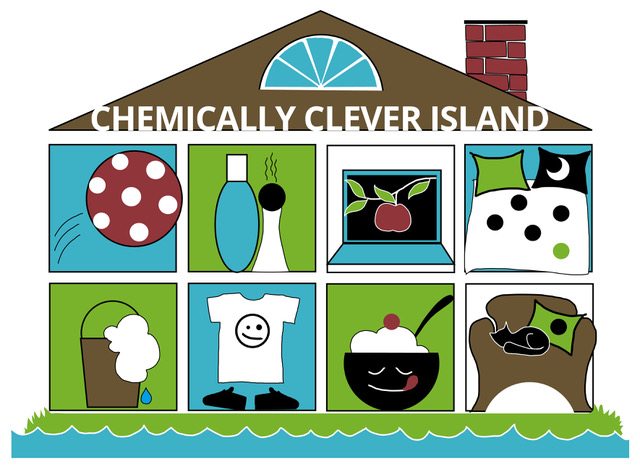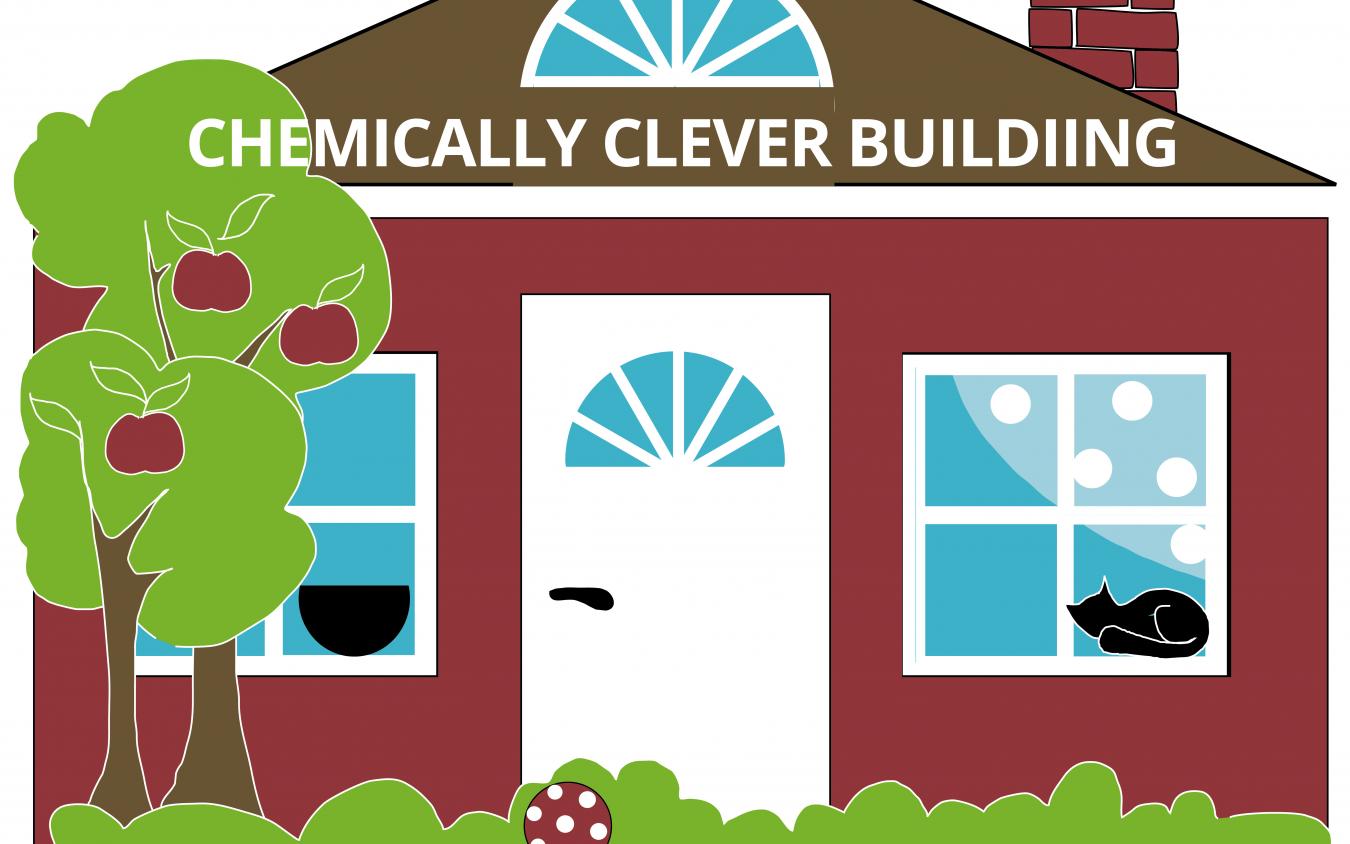Advise for a kick start
Shop with consciousness, use with consciousness. The shortcut to a chemically clever wardrobe is quite simple if you know what to do.
- Build a house that breathes
Mineral wool does not buffer moisture as well as natural materials. Therefore, plastic boards are used to stop moisture from the indoor air to reach the insulation. For a sound and pleasant indoor climate, choose natural materials like wood, cellulose fiber, straw and clay. They breathe and come with less foreign substances. Also, choose building materials that are made of renewable resources, are energy efficient to produce and don’t require long transports.
- Look for non-toxic alternatives
Water proofings, sealants and surface treatment agents may contain hazardous chemical substances and heavy metals that emit toxins to the indoor air. Ecological and chemically clever alternatives exist and may be available also in conventional stores for building materials, but are not always easy to find.
Read up on and dare to ask questions. Conscious consumers speed up the progress! Building materials can also be checked in environmental databases.
- Get rid of the vinyl flooring
Vinyl floorings older than the new millennium should definitely be replaced. But even if the worst endocrine disruptive phtalates have been replaced with other softeners in newer flooring, we still don’t know very much about these very similar substances. Linoleum flooring (without plastic top coating), massive wood and parquet with low content of glue are more sound alternatives.
- Paint humanely
”Ordinary” paint from the conventional stores may contain unhealthy chemicals like formaldehyde, isocyanates, heavy metals, pesticides, and endocrine disruptive softeners to give the plastic color the right consistency. Environmentally labeled paints (like the Nordic Swan or the EU-flower) does not contain heavy metals or softeners, and also fill other requirements of quality. Even better is to mix your own paint: Egg tempera, linseed oil paint, distemper, clay paint...
- Plan for circulation
Reuse well-preserved wood and details from old buildings which have done their thing. Choose materials and building methods that facilitate later reuse and does not increase the amounts of hazardous waste – neither during production, nor when tearing the house down. Plan for circular systems when it comes to water and waste. Make it easy to do the right everyday choices in your house.
- Ignore pressure impregnated
Never use pressure impregnated wood indoors, in the sauna, or in constructions that may come into contact with food, drinking water or vegetable patches. Mind sensitive groundwater areas. Preferably choose chemically clever alternatives like twig-free heartwood, hardy sorts of wood or silicon impregnation not to burden the environment with copper and other toxins for long times.
- Don’t burn your building waste
Sawdust and other remains of impregnated wood should be taken to the waste treatment plant, not be burned or dumped. The same goes for waste from a construction site. ”Free” for you, here and now, will cost a lot to the land and to the water, and to generations of humans and animals to come.

